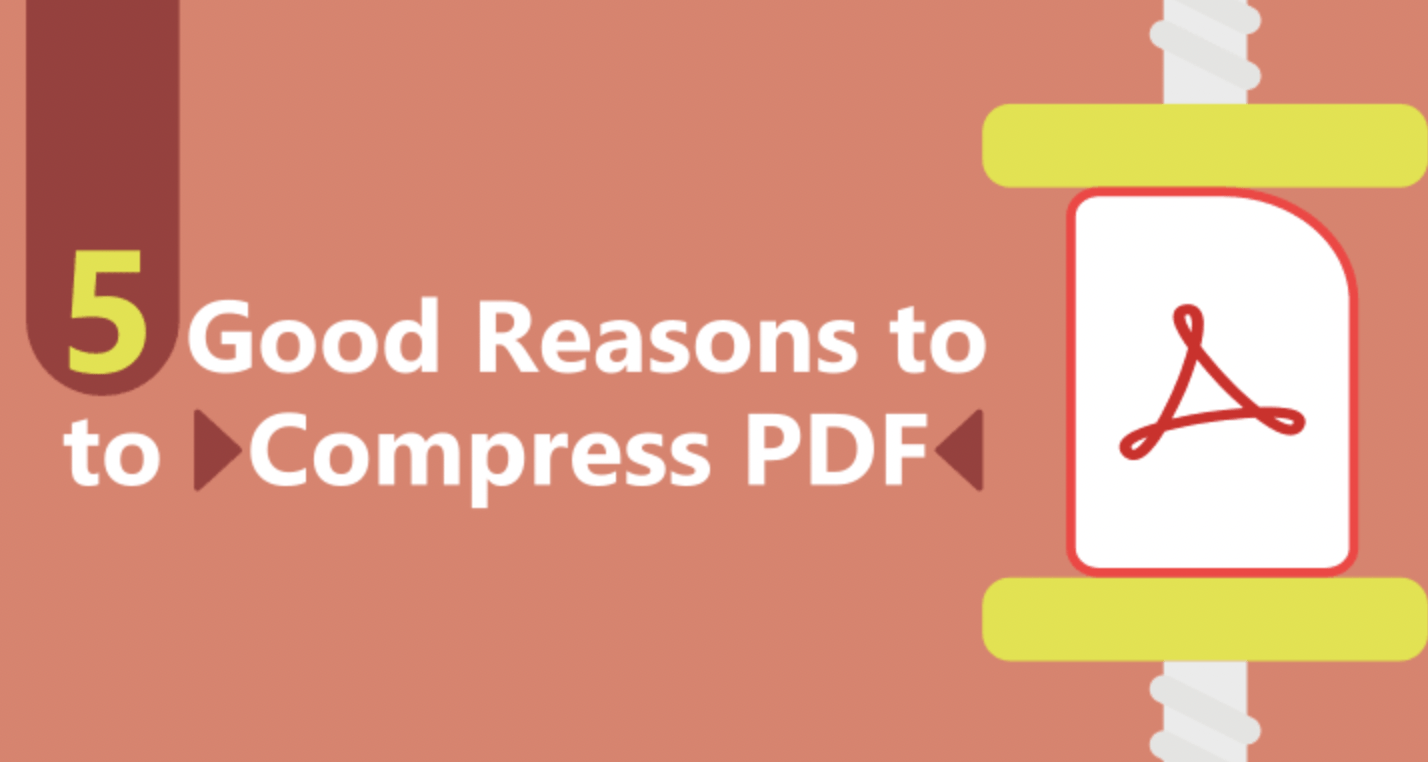In today’s digital age, we rely on the speed, convenience, and efficiency of our file transfer methods for a multitude of tasks, from sharing documents with colleagues to transferring large video files. However, with the ever-increasing number of file transfer requests, the demand for faster transmission and reduced bandwidth usage has become an important factor for businesses and consumers alike. One of the solutions to this issue is the use of PDF compression. PDF to Word compression is the process of reducing the size of PDF files while maintaining the file quality, thus allowing for faster transfer and reduced bandwidth usage. In this blog post, we’ll be discussing the role of PDF compression in reducing file transfer time and bandwidth usage. We will take a look at the process of PDF compression, the benefits it provides, as well as some of the tools available to accomplish this task. With these insights, you’ll be equipped with the knowledge to make informed decisions when it comes to PDF compression and file transfer.
- Benefits of PDF Compression
PDF compression is an important part of reducing file transfer time and bandwidth usage. It is a process that reduces the size of PDF documents, allowing them to be transferred quickly and efficiently over the internet. This is especially useful for large documents or files that contain a lot of images or graphics. By compressing a PDF document, the file size can be significantly reduced, allowing for faster transfer times and less bandwidth usage. Additionally, compressed PDF documents are easier to store and manage, which can save time and money in the long run.
- Types of Compression Algorithms
When it comes to PDF compression, there are two main types of algorithms used to reduce the file size and increase the speed of transfer times: lossless and lossy algorithms. Lossless algorithms involve a process whereby the data is compressed without any loss of information, allowing the file to be opened and viewed exactly as it was before compression. Lossy algorithms, on the other hand, involve a process of data reduction whereby some information is lost in order to reduce the file size. This can result in a file that is not an exact replica of the original, but is smaller and faster to transfer. Both types of algorithms have their advantages and disadvantages, and which one is best suited for a particular file depends on the type of content, its intended purpose, and the desired end result.
- How to Compress a PDF
PDF compression is an essential tool for reducing file transfer time and bandwidth usage. Compressing a PDF file can make it smaller, faster, and easier to send, store, and manage. It also reduces the time it takes to upload and download files, and can help save on computer storage space. There are several ways to compress a PDF file. The most common approach is to use a PDF compressor, which is a piece of software designed specifically to compress PDF documents. Other methods include using online PDF tools, or even manually reducing the size of the PDF by consolidating multiple images into one. Whatever the method, compressing a PDF can help save time and money, and can make sharing and managing files much easier.
- PDF Compression Software Tools
PDF compression software tools are an invaluable asset in reducing file transfer time and bandwidth usage. By compressing PDF files, these tools can reduce the size of a document and make it easier to download and upload. This is especially helpful when sharing large PDF documents, as the smaller file size allows for faster transfer speeds and lower bandwidth consumption. Moreover, the ability to compress PDF documents helps to reduce storage space needed for large PDF files. PDF compression tools also make it easier to manage and distribute large documents, making it easier to collaborate with other people.
- Advantages of PDF Compression for File Transfer and Bandwidth Usage
PDF compression is a great way to reduce file transfer time and bandwidth usage. When PDF files are compressed, they become smaller, making it easier and faster to transfer them over the internet. Here are five advantages of using PDF compression for file transfer and bandwidth usage:
- Faster File Transfer: Compressing PDF files reduces the time it takes to send large files. This is especially beneficial when transferring large quantities of data.
- Reduced Bandwidth Usage: Compressing PDF files reduces the size of the files, which in turn reduces the amount of bandwidth needed to transfer them. This is especially beneficial for businesses who are on a limited data plan.
- Enhanced Security: Compressed PDF files are encrypted, meaning they are less likely to be accessed by unauthorized users. This enhances security for businesses and individuals who are transferring sensitive data.
- Improved Server Performance: Compressing PDF files reduces server load, making it easier for servers to handle large quantities of files. This improves server performance and ensures optimal performance.
- Reduced Storage Costs: Compressing PDF files decreases the amount of storage needed. This decreases storage costs for businesses and individuals who need to store large quantities of files.
In conclusion, PDF compression can be an invaluable tool for businesses that need to quickly and securely transfer large PDF documents. By utilizing compression algorithms, businesses can reduce the file size of the PDF documents they are sending and decrease the total transfer time and bandwidth usage, while still preserving the original quality of the document. This will enable businesses to save time and reduce costs associated with file transfers, while still delivering the highest-quality PDF documents to their clients.

